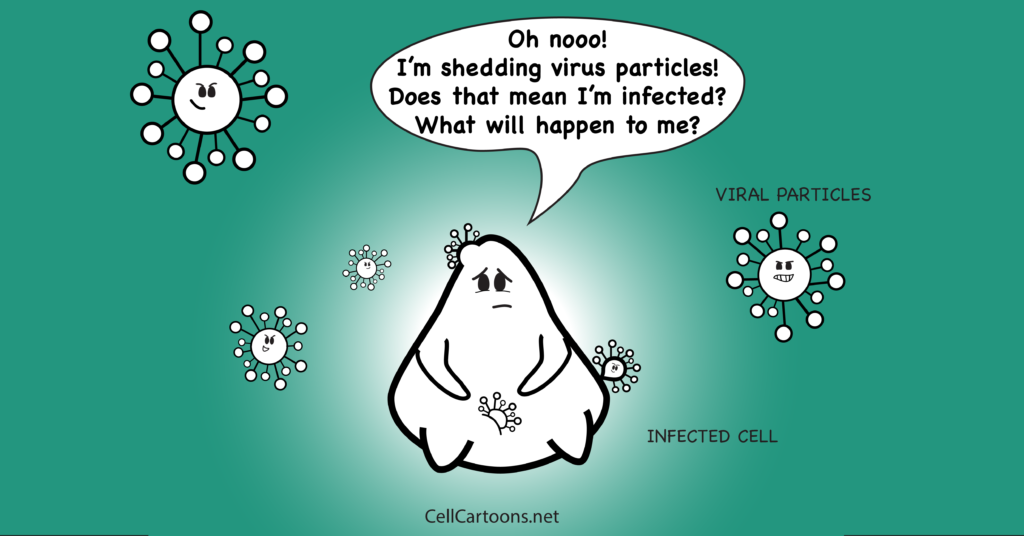Immunology
MHC Restriction
The dendritic cell (DC) is presenting an antigen to a T cell but the T cell doesn’t recognize it. This is making the DC kind of sad. In this case the DC is presenting the antigen on an MHC-I molecule and it is showing to a CD8 T cells. However, the T cell will recognize and …
Granulocytes
The granulocytes are so called because they have densely granules in their cytoplasm; they are also called polymorphonuclear leukocytes because of their lobulated nuclei. There are three types of granulocytes: Neutrophils can perform phagocytosis and are the most abundant type of granulocytes and the most abundant type of white blood cells overall in most mammals. Eosinophils make up …
Dendritic Cell in the intestine
A big challenge of the immune system in the intestine is being able to distinguish between harmful pathogens and at the same time be tolerant towards harmless antigens derived from food and commensal bacteria (good bacteria). Mechanisms to maintain tolerance are therefore necessary to avoid unwanted immune responses that may lead to inflammatory bowel diseases (IBD) …
Infected cell
A virus is a small infectious agent that needs other cells to replicate. The virus gets its genetic material inside the cell and the cell then uses its machinery to read the genetic code and create virus proteins that will form new viral particles. The cartoon is showing a cell that has been infected and …
Neutrophil
Neutrophil are the most abundant type of white blood cells and are part of the granulocyte family or the polymorphonuclear cells family. They get the name ‘polymorphonuclear cells’ because of the varying shapes of the nucleus, which is usually lobed into three segments. Neutrophils are the first cells to get to the site of infection, they …
Transfection
This video shows how dendritic cells growing in culture are transfected with a plasmid containing a gene for the Green fluorescent protein (GFP). Transfection is the process of deliberately introducing nucleic acids into eukaryotic cells. Various methods can be used to transfect. Electroporation, shown in this video, is a technique by which an externally applied …
Leukocyte Extravasation
Leukocyte extravasation is the movement of leukocytes out of the circulatory system and towards the site of tissue damage or infection. This process is regulated by a concerted action between endothelial cells and leukocytes, whereby endothelial cells activate leukocytes and direct them to extravasation sites, and leukocytes in turn instruct endothelial cells to open a …
Dendritic Cells
Dendritic cells (DCs) are named after their branched projections called dendrites. These cells are the sentinels of the immune system and are always testing their surroundings in case they see any danger. DCs process antigens they pick up from their surrounding and present these to T cells. This video shows how dendritic cells …









